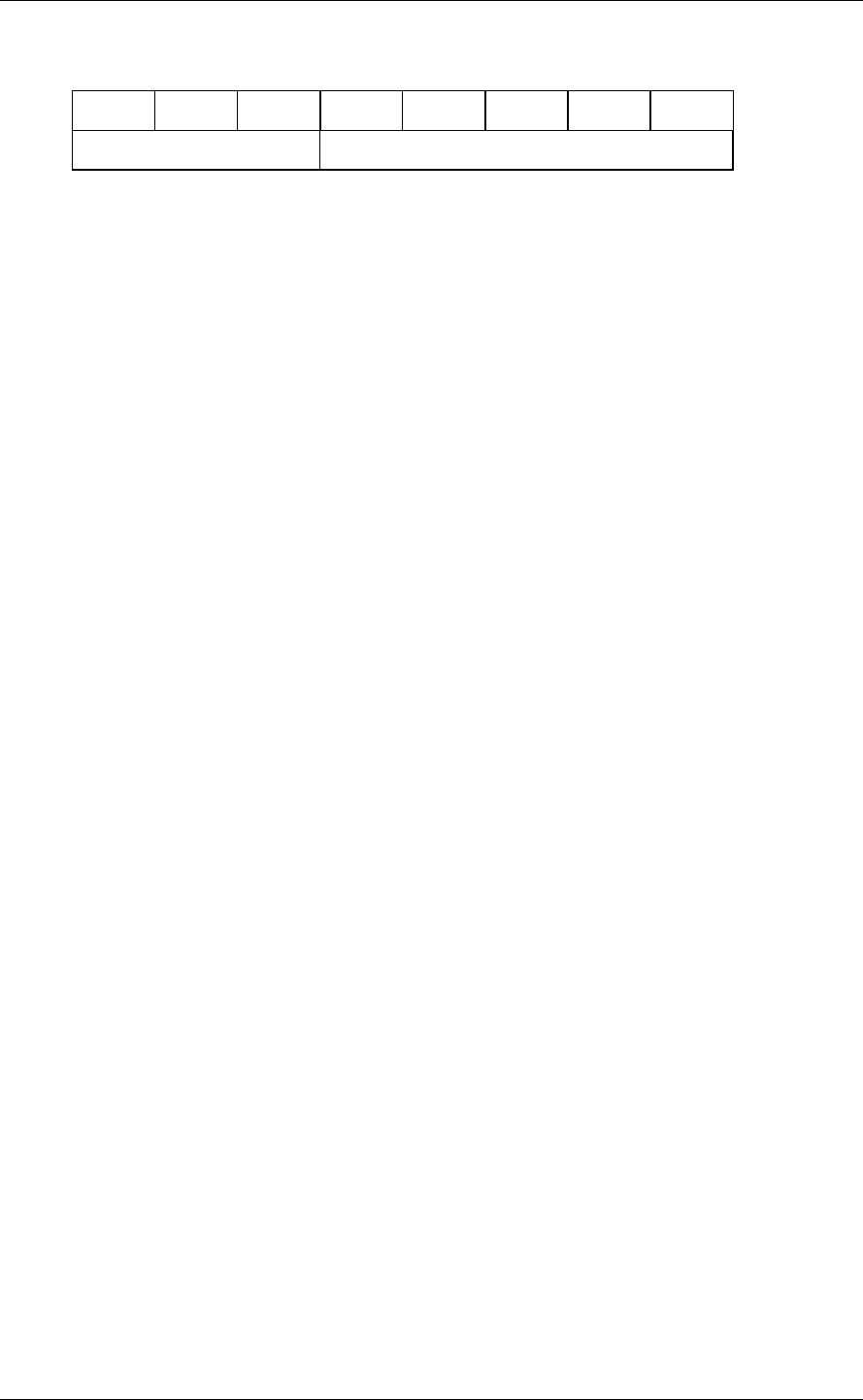
1.1 Command Format
C141-E167 1 - 3
(1) Operation code
Bit 76543210
Group Code Command Code
The leading byte of all CDBs shows the format and type of command to be executed.
a. Group code
The group code specifies the number of bytes and format of the CDB. The groups of commands
shown below are used in the IDD.
• Group 0 (“000”):6-byte CDB (Shown in Figure 1.1)
• Group 1 (“001”):10-byte CDB (Shown in Figure 1.2)
• Group 2 (“010”):10-byte CDB (Shown in Figure 1.2)
• Group 3 ("011"):Reserved Operation Code (Shown in Section 1.7.3.)
• Group 4 ("100"):16-byte CDB
• Group 5 ("101"):12-byte CDB (Shown in Figure 1.3)
b. Command code
Command code specifies the type of command in each group.
(2) LUN (Logical Unit Number)
This field specifies the address of the logical unit (device) connected under the TARG in cases where
the IDENTIFY message is not used. If the IDENTIFY message is used, the value of the CDB’s LUN
field is ignored when the LUN is specified.
Note:
It is possible that the definition of this field may be changed in future SCSI standards. It is
recommended that the LUN be specified using the IDENTIFY message, and that a zero be
specified in this CDB field.
(3) Logical block address
This field shows the leading logical data block address of the data block on the disk media to be
processed by the command. In the group 0 CDB, 21-bit block addressing is possible and in the group
1, group 2 and group 5 CDBs, 32-bit block addressing is possible. Specifications for logical data
block addressing in the IDD are described in Section 1.8.
(4) Transfer data length
In this field, the length of data to be transferred between INIT and TARG when the command is
executed is specified by the number of logical data blocks or the number of bytes. In subsequent
descriptions, the former is called the “transfer block count” and the latter is called the “transfer byte
length” or “parameter list length.”


















